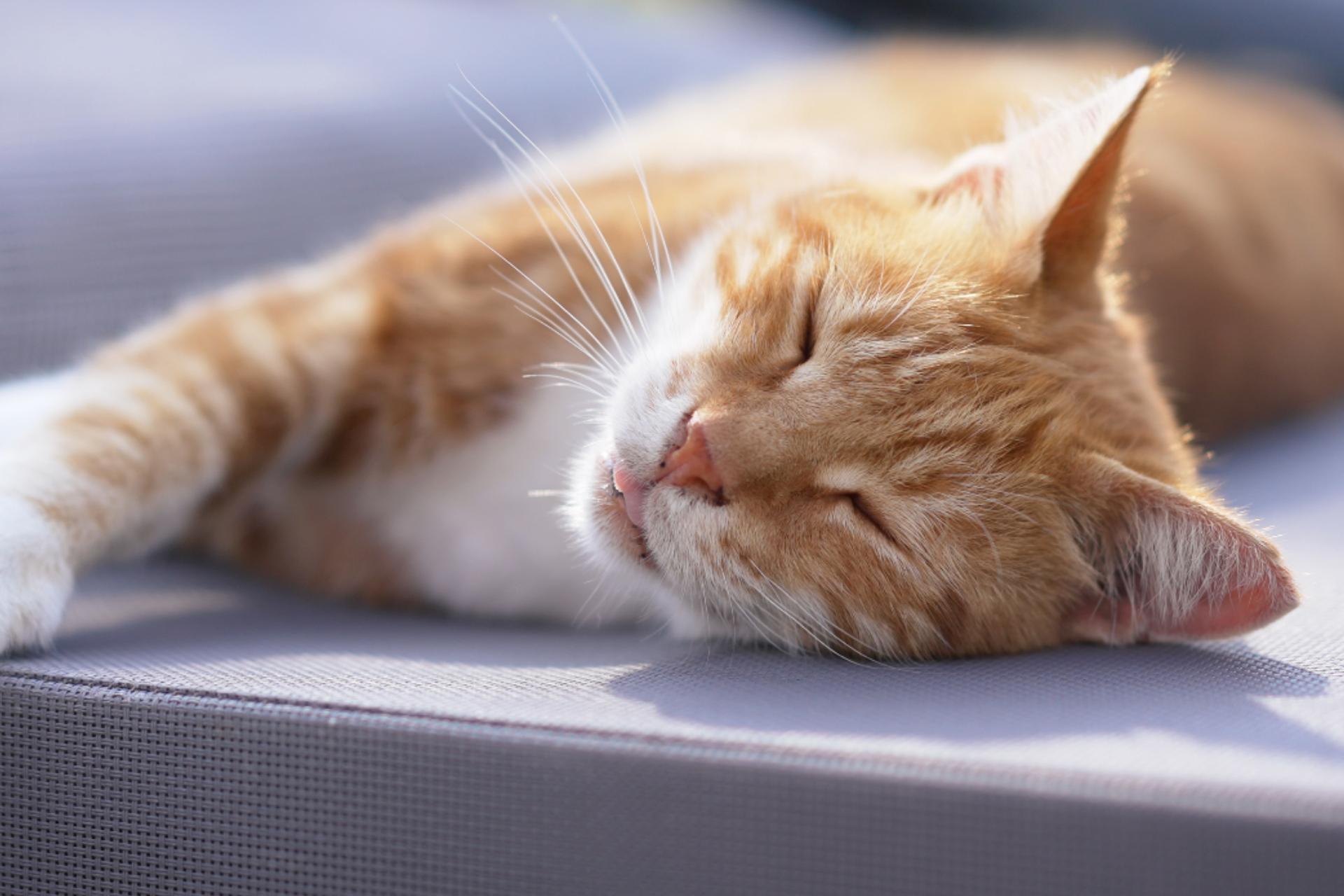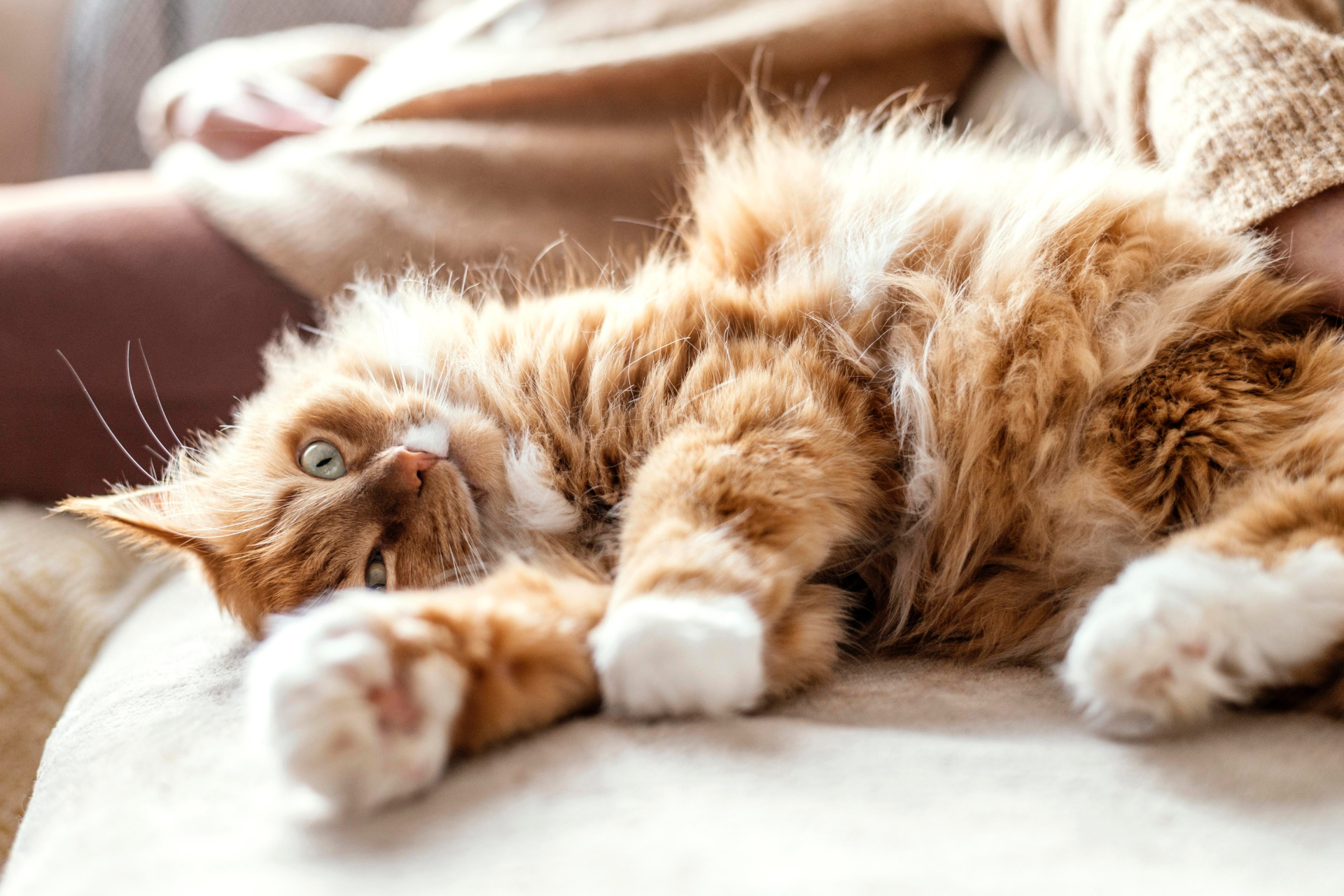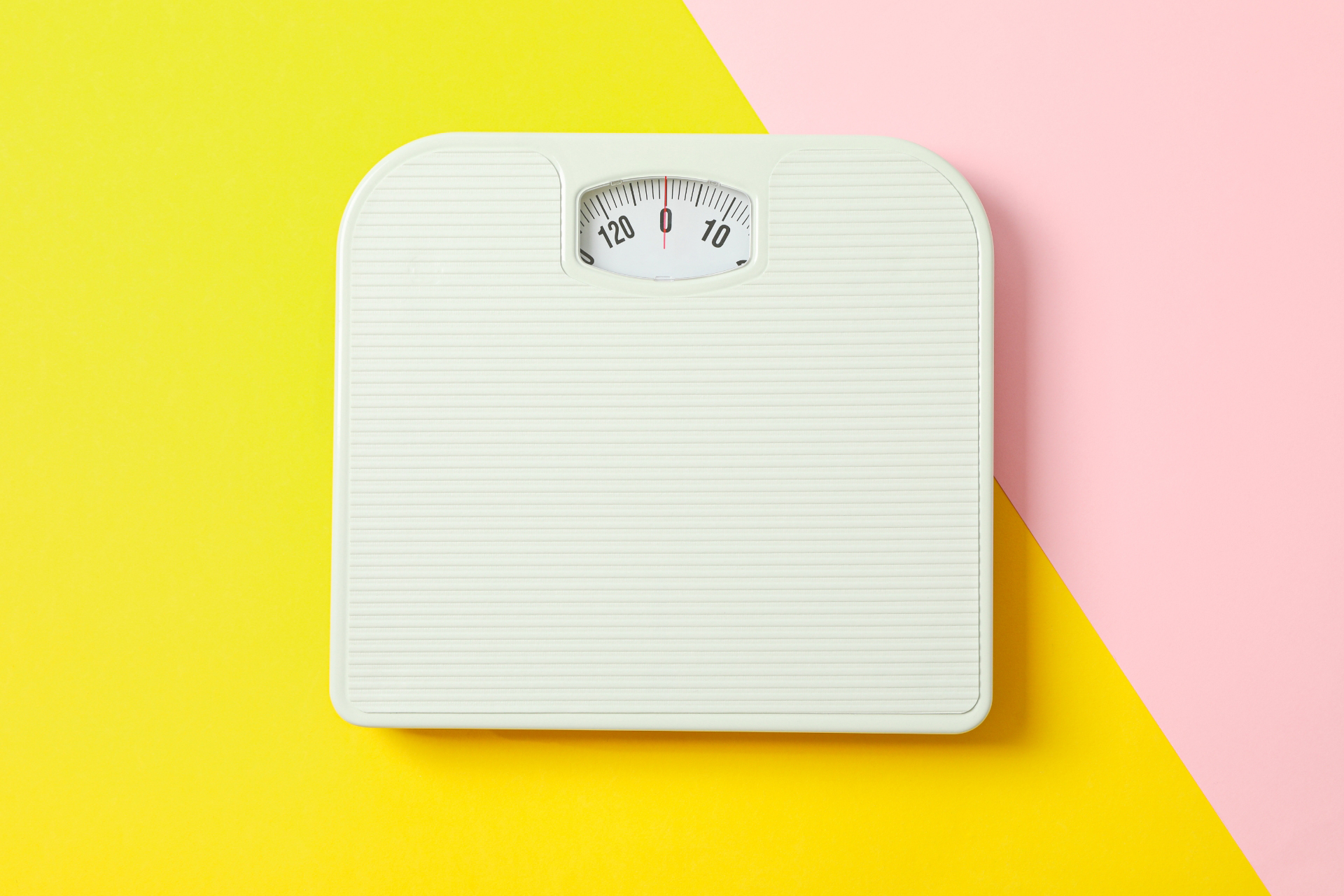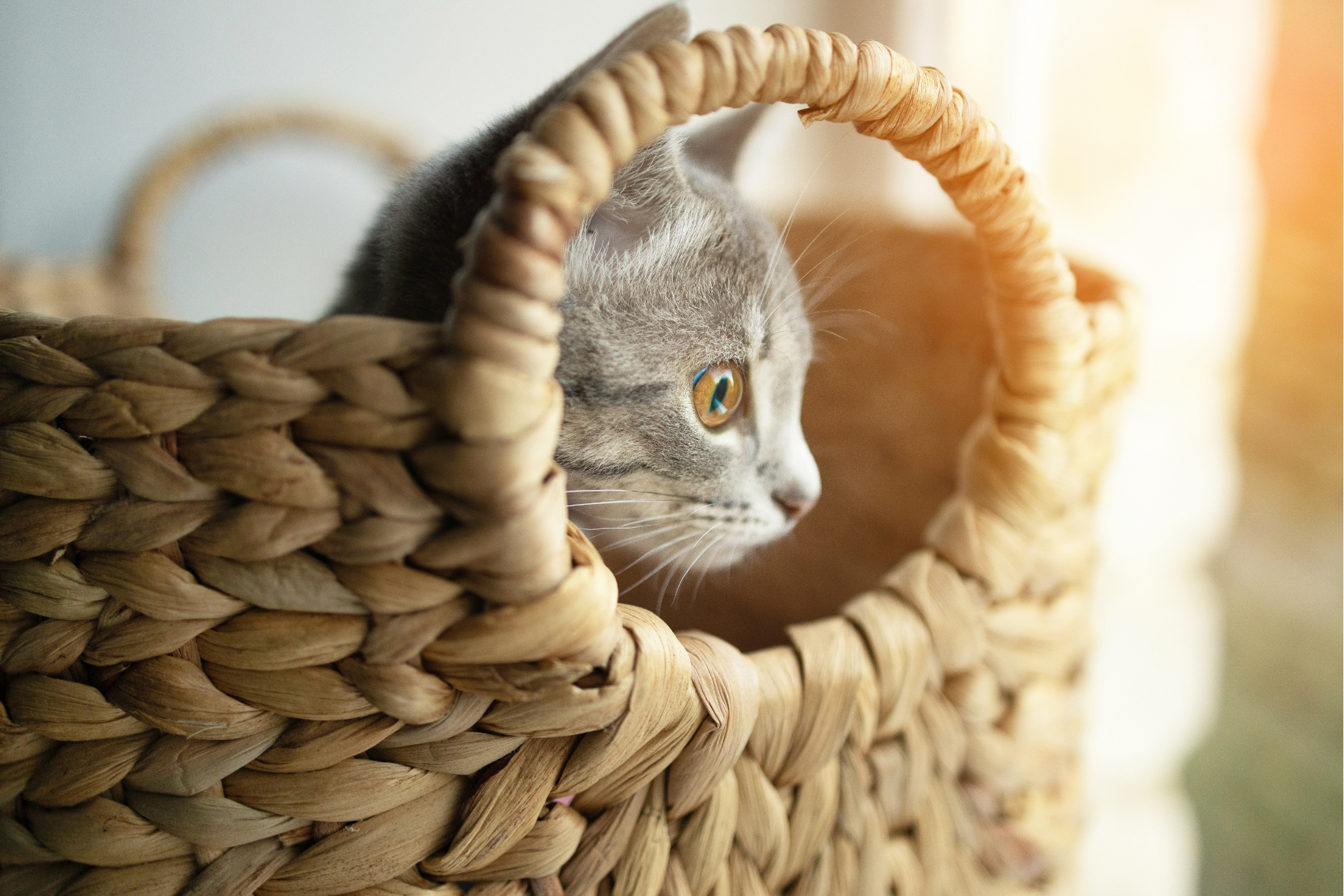Lick 'n' Lap™
Snack
Chicken Flavor & Salmon Flavor
Available in Single or Multipack


It's easy for our cats to put on weight. They spend most of their day snoozing away happily, and even when they're awake they usually spend a lot of time sitting down, either snuggling up to us or gazing out of the window. And as owners, we naturally want to spoil them with lovely treats, right?
Well, if we don't take the proper action to keep our kitties' weight down, it can soon become a problem. Cat obesity is on the rise, and an obese cat faces several health risks. So as well as spoiling our cats and giving them the foods they love, we need to stay on top of their weight.
In this post, we're going to give you all the info you need to truly understand the issue and monitor your cat's weight accordingly.

An obese cat will face a general reduction in their quality of life. They will have less energy to play with you and roam outside (if they are an outdoorsy cat).
In addition, they face an increased risk of several serious conditions including:
A cat is classified as obese when they weigh 20% or more above their body weight. Make sure you take action before it gets to that stage!

As we've covered in a previous blog, a healthy weight for an adult cat is around 10 pounds, or 4.5kg. However, there are certain key factors to bear in mind when we're describing a 'normal' cat weight.
One of these factors is gender: your cat's weight can vary depending on whether you've got a boy or a girl. Typical male cats can reach peaks of up to 15 pounds while a female probably won't weigh more than 12.
Another key factor is breed. A Maine Coon (the largest non-hybrid breed of cat) can reach up to 25 pounds without being unhealthy. At the other end of the scale, an adult Singapura can weigh as little as four pounds without being malnourished or underfed.
If you have a kitten, remember that they gain weight rapidly! A newborn kitten will weigh around 3.5 ounces (100 grams) and they will gain around 3.5 ounces a week until they hit the 20-week mark, when their growth rate begins to slow.
You may want to use a cat weight chart, which will give you an average cat weight for their age and can be particularly useful for those with younger kitties. However, we'd recommend you go to the vet: they will be able to give you detailed advice that's based on your cat's specific breed and gender.

It can be extremely difficult to take your cat's weight. As we all know, our feline friends often struggle to sit still, and they don't take kindly to being placed in unusual situations. So getting them to stand still on a set of scales can be nigh-on impossible!
One option is to weigh yourself first, then weigh yourself holding your cat, and subtract the first number from the second. Alternatively, you can try the same technique with their crate or basket: first weigh the container, then put them inside and weigh the two together.

The veterinary community has developed the body condition score system (BCS) as an alternative way to judge cat weight. Rather than relying on simple numbers (which, as we've shown, can be subject to various considerations) the BCS allows you to judge your cat's overall health by look and feel.
The BCS relies on three specific methods:
In doing so, you're looking for four specific factors:
The scale runs from one to nine. Below, you can see what each score represents:
Emaciated
Ribs, spine and pelvic bones all easily visible on short-haired cats. Extremely narrow waist, very clear abdominal tuck. No fat around rib cage.
Very thin
Ribs easily visible on short-haired cats. Narrow waist with very clear abdominal tuck. No fat around rib cage.
Thin
Ribs visible on short-haired cats, obvious waist with Noticeable abdominal tuck. Little fat around rib cage.
Underweight
Ribs can be felt easily, obvious waist with slight abdominal tuck. Minimal amount of fat.
Ideal weight
Ribs can be felt easily. Obvious waist with very slight abdominal tuck. Small amount of fat.
Overweight
Ribs can just about be felt. Outline of waist is hard to detect. Abdominal tuck is barely noticeable.
Heavy
Ribs are hard to find. No outline to the waist. No abdominal tuck.
Obese
Ribs can't be felt at all. No outline to the waist. The belly is starting to droop.
Extremely obese
There's a thick layer of fat around the ribs. The waist can't be felt. The belly is drooping markedly.
Again, we recommend visiting your vet here. They'll be able to chat through the BCS in more detail and provide further guidelines on how to monitor it.

Low-calorie foods for cats
If your cat is overweight, or you simply want to give them the best diet possible, it's worth looking at low-calorie foods. There are plenty of options on the market and they're all designed with the blend of protein, fats and carbs that your cat needs.
We may be a little biased, but we'd certainly recommend you check out our Souprise Broth. It comes in a lovely squeezable tube and works as either a food topper or a between-meal snack.
1. https://www.google.com/search? q=risks+for+obese+cat&oq=risks+for+obese +cat&aqs=chrome.0.69i59j0i22i30j0i39013. 2501j0j4&sourceid=chrome&ie=UTF-8
2. https://www.purina.com/articles/cat/ health/what-is-average-cat- weight#:-:text=The%20Problem%20with% 20%E2%80%9CAverage%E2%80%9D%20C at%20Weight&text=Females%20typically%2 Oweigh%208%20to,be%20healthy%20for% 20a%20male.
3. https://www.hillspet.com/cat-care/cat- breeds/singapura
4. https://pets.webmd.com/cats/guide/ newborn-kitten-care#1
5. https://www.fokkerpetfood.com/en/blog/ this-is-the-ideal-weight-for-kittens-and- cats.html#:~:text=Up%20to%204%20mont hs%20a, the%20age%20of%201%20year.
6. https://www.google.com/search? q=tips+for+weighing+your+cat&oq=tips+for +weighing+your+cat&aqs=chrome..69157j33 i22i2913019.3124j0j9&sourceid=chrome&ie= UTF-8#kpvalbx=__ZWEMYZUTMakKhbIPmp- W2A133
7. https://www.thehealthypetclub.co.uk/ body-condition-score-your-cat/
8. https://vcahospitals.com/know-your-pet/ body-condition-scores

Squeeze this creamy, low-calorie treat right from the tube onto your cat’s tongue and watch your cat lick 'n' lap it all up!

Cats love the size, texture and high meat content of these soft and tasty, double-meaty treats!

High meat content (>70%), small batch production and premium ingredients combine to make these truly irresistible.

Tender chicken fillet pieces in a thick and creamy stew! Great for older cats!